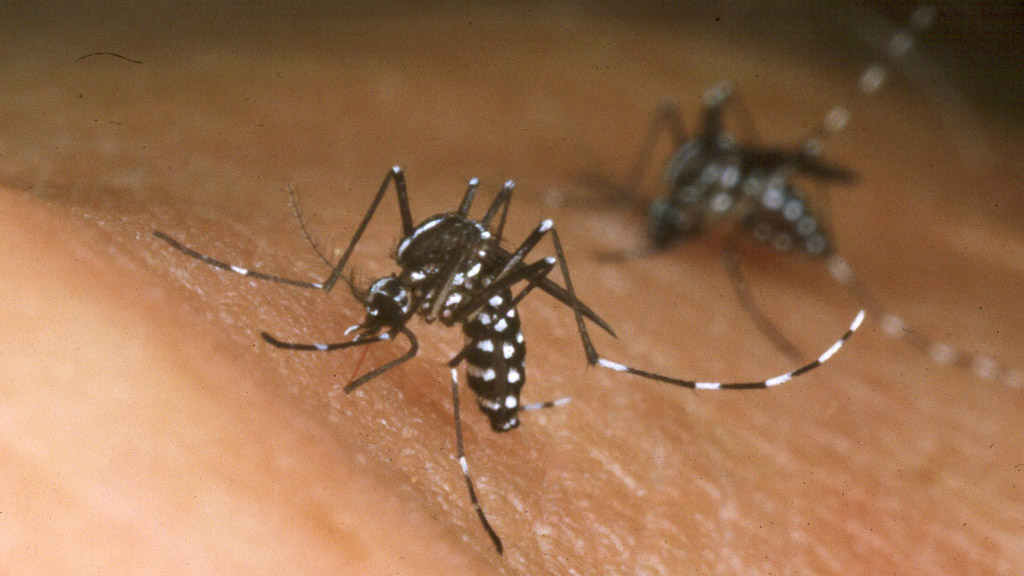Threat of ‘alien’ species to the UK increases
“Alien” species are threatening the UK’s wildlife, economy and even people’s health, a Europe-wide study reveals.
Across the continent, invasive alien species cost around £10 billion a year, the European Environment Agency report said.
Species which are already in the UK and causing problems include common ragweed, which came in to Europe from North America in grain mixes intended as bird feed and is a potent trigger for hayfever and other allergies.
UK invaded
The Spanish slug, which reaches up to 15cm in length, is now found across Britain, and can hit garden planting and horticulture, as they eat plants as well as carrion and even each other.
Well-established invaders include the American mink which has destroyed water vole populations, and the grey squirrel which has driven its native red cousin from most of England.
More recent arrivals include killer shrimps, which feed on other aquatic wildlife and can cause local extinctions of naturally-found species, and zebra mussels – thought to have arrived in ship ballasts – which can damage infrastructure such as water plants and locks.
Ring-necked, or rose-ringed, parakeets are now found across much of Britain, and there are concerns that they damage fruit crops by targeting buds and blossoms of various trees and shrubs.
They may also carry diseases which can affect humans and are often seen as a noise nuisance in urban areas because of their loud screeching calls.
Other species posing problems to the UK include brook trout, American bullfrogs, rhododendrons, Japanese knotweed, harlequin ladybirds and the horse chestnut leaf-miner moth.

The report also warned of the spread of the Asia tiger mosquito, which is linked to more than 20 diseases including yellow fever and the dengue-like chikungunya fever.
The species is prevalent in several southern European countries, such as Italy, and is likely to expand its range north as the climate changes, the EEA study said.
Possible threat to bees
Potential alien invaders include the bee-killing yellow-legged hornet, because the rate at which the non-native species are being introduced to Europe continues to increase, the study has warned.
The Asian hornet, which grows to between 2.5cm and 3cm preys on native honeybees, wasps and other pollinators, potentially devastating hives and threatening honey and crop production.
Species are most commonly brought in for horticulture, while other reasons they are brought in include farming, hunting and fishing or as pets. Some stow away, such as the zebra mussel and are introduced unintentionally, the study said.
Worsening problem
Increasing tourism and trade in recent decades may have led to increasing numbers of alien invaders, while climate change may also be playing a role in the spread of species, by making areas increasingly suitable for new plants and animals.
Invading plants and animals are a major threat to already-struggling wildlife, with 110 out of the 395 European species designated as critically endangered at risk of dying out because of non-native species.
Jacqueline McGlade, EEA executive director, said: “In many areas, ecosystems are weakened by pollution, climate change and fragmentation.
“Alien species invasions are a growing pressure on the natural world, which are extremely difficult to reverse.”
-
Latest news
-
Faithless’ Sister Bliss on raving in the 90s, remembering Maxi Jazz and returning to live shows4m

-
Former Post Office executive’s evidence like ‘word soup’, says inquiry barrister3m

-
Reading attack inquest: Deaths were “probably avoidable”4m

-
King Charles to return to public facing duties2m

-
SNP’s problem is they ‘don’t know who will be FM next week,’ says former Scottish FM chief of staff4m

-




